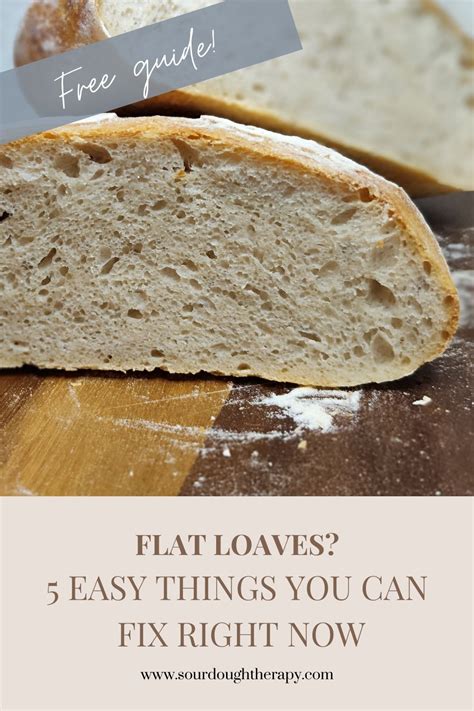Goodbye Sour, Hello Delicious Sourdough: Mastering the Art of a Perfect Loaf
Sourdough bread. The mere mention conjures images of rustic loaves, crackly crusts, and a tangy aroma that fills a kitchen with warmth. But for many, the reality falls short of the ideal. The journey to perfect sourdough can be fraught with challenges, from stubbornly inactive starters to dense, gummy loaves. This article aims to guide you past the pitfalls and towards the joy of baking consistently delicious sourdough bread. We'll tackle common problems, explore techniques for achieving the perfect crumb, and uncover the secrets to a truly unforgettable loaf.
Why is My Sourdough So Sour?
This is arguably the most common complaint among budding sourdough bakers. Excessive sourness often stems from an overripe starter, too long a bulk fermentation, or a combination of both. Understanding the role of your starter's acidity is key. While acidity is essential for flavor development, an overly acidic starter will result in a bread that's overwhelmingly sour, masking other nuanced flavors. The solution involves careful monitoring of your starter's activity and adjusting your fermentation times accordingly. We'll delve deeper into this in the section on fermentation control.
How Can I Get a Better Sourdough Crumb?
The crumb – the interior texture of the bread – is a critical indicator of baking success. A good sourdough crumb should be open, airy, and evenly textured, with a balance of chewiness and tenderness. Factors influencing crumb structure include hydration, fermentation time, and kneading technique. Over-kneading can lead to a dense crumb, while under-kneading results in a lack of structure. Finding the right balance, along with proper fermentation, is crucial for achieving that desirable open crumb.
What is the Ideal Fermentation Time for Sourdough?
Fermentation time is a crucial variable in sourdough baking. It's not a fixed number; it depends on several factors, including the temperature of your environment, the maturity of your starter, and the hydration level of your dough. Under-fermented dough will produce a dense loaf, while over-fermentation leads to excessive sourness and a potentially collapsed loaf. Learning to observe your dough – looking for signs of proper rise and assessing its texture – is paramount. We'll discuss practical methods for monitoring fermentation, including the "poke test" and visual cues.
How Do I Prevent My Sourdough From Collapsing?
A collapsed loaf is the baker's nightmare. This usually happens due to several factors, including: under-proofed dough (not fermented enough), over-proofed dough (fermented too much), insufficient strength in the gluten network (inadequate kneading), or even an oven that isn't hot enough. Preventing collapse involves paying close attention to all stages of the baking process, from mixing and kneading to proofing and baking. Understanding the factors that influence dough strength and carefully managing fermentation will significantly reduce the risk of collapse.
What Temperature Should I Bake My Sourdough At?
Baking temperature is crucial for achieving a well-baked loaf with a crisp crust and a perfectly cooked interior. A lower temperature will result in a pale crust and a potentially undercooked crumb, while too high a temperature can lead to a burnt crust and an unevenly baked interior. The ideal temperature range generally falls between 450-500°F (232-260°C), but this can vary slightly depending on your oven and the size of your loaf. Preheating your oven thoroughly and using a Dutch oven or baking stone can help to create a consistent baking environment and prevent temperature fluctuations.
Troubleshooting Common Sourdough Problems: What Went Wrong?
Baking sourdough is a journey, and along the way, you're bound to encounter challenges. We've touched on some common issues like excessive sourness and collapsed loaves. However, there’s a plethora of others, from uneven browning to a gummy texture. This section will offer solutions to these common problems, armed with practical advice and troubleshooting techniques to help you confidently navigate any difficulties you encounter. Remember, persistence and patience are your allies in this baking adventure.
Conclusion: Embracing the Journey of Sourdough Perfection
The journey to baking the perfect sourdough loaf is a rewarding one, filled with learning, experimentation, and the immense satisfaction of creating something truly delicious. While there's a learning curve involved, understanding the fundamental principles of sourdough baking – from starter maintenance to fermentation control – empowers you to consistently produce beautiful, flavorful loaves that will impress even the most discerning palates. So, embrace the process, don't be discouraged by setbacks, and enjoy the journey of mastering the art of sourdough.

